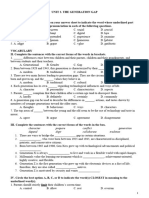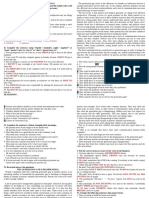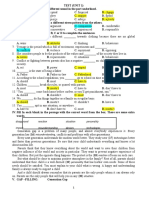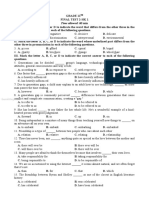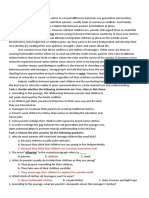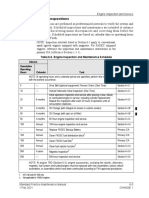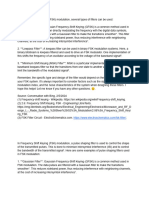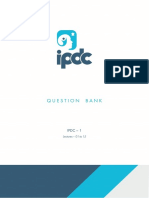0% found this document useful (0 votes)
109 views5 pagesUnit 2
The document discusses the concept of the generation gap, highlighting differences in values and attitudes between generations, particularly between children and their parents. It includes vocabulary exercises, grammar practice, and reading comprehension questions related to generational differences, technology use, and family dynamics. The text emphasizes the importance of understanding and bridging these gaps for better communication and relationships.
Uploaded by
duykhanhCopyright
© © All Rights Reserved
We take content rights seriously. If you suspect this is your content, claim it here.
Available Formats
Download as DOCX, PDF, TXT or read online on Scribd
0% found this document useful (0 votes)
109 views5 pagesUnit 2
The document discusses the concept of the generation gap, highlighting differences in values and attitudes between generations, particularly between children and their parents. It includes vocabulary exercises, grammar practice, and reading comprehension questions related to generational differences, technology use, and family dynamics. The text emphasizes the importance of understanding and bridging these gaps for better communication and relationships.
Uploaded by
duykhanhCopyright
© © All Rights Reserved
We take content rights seriously. If you suspect this is your content, claim it here.
Available Formats
Download as DOCX, PDF, TXT or read online on Scribd
/ 5
